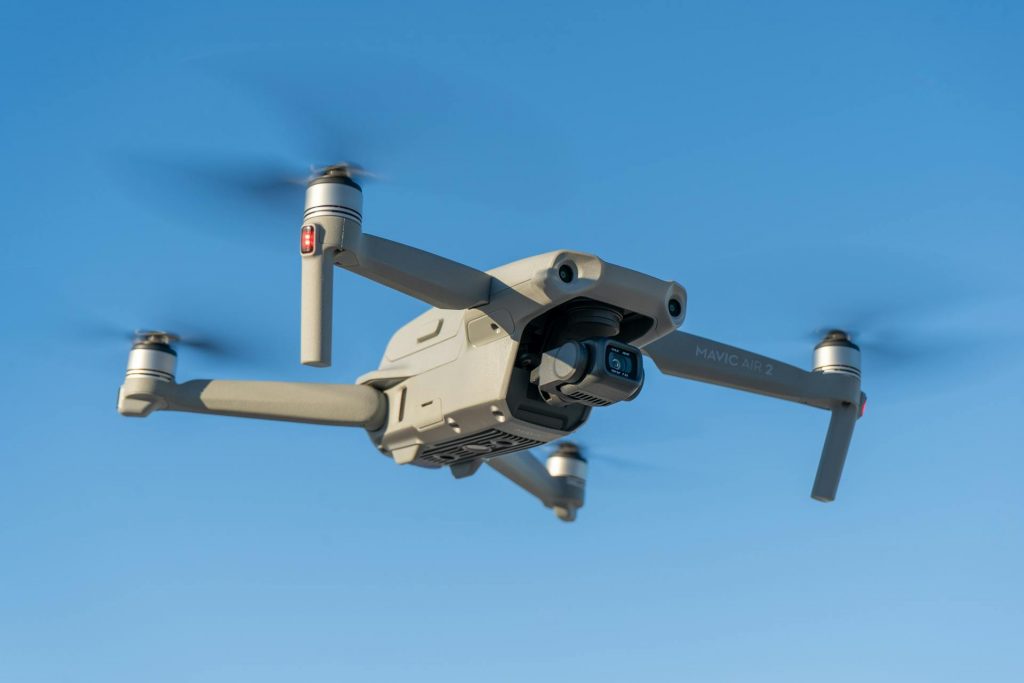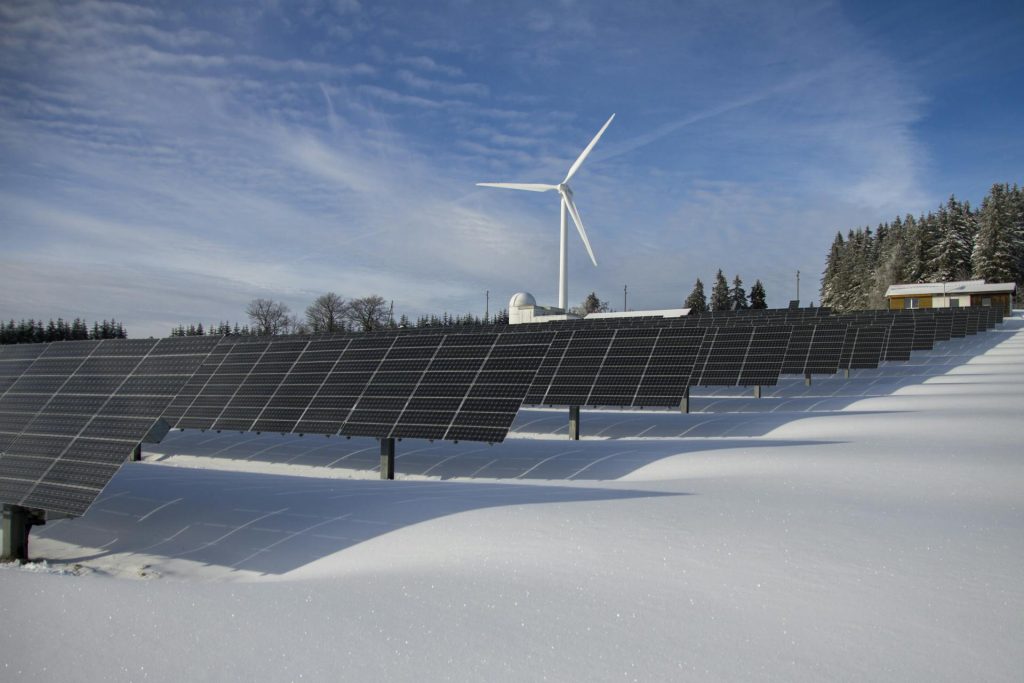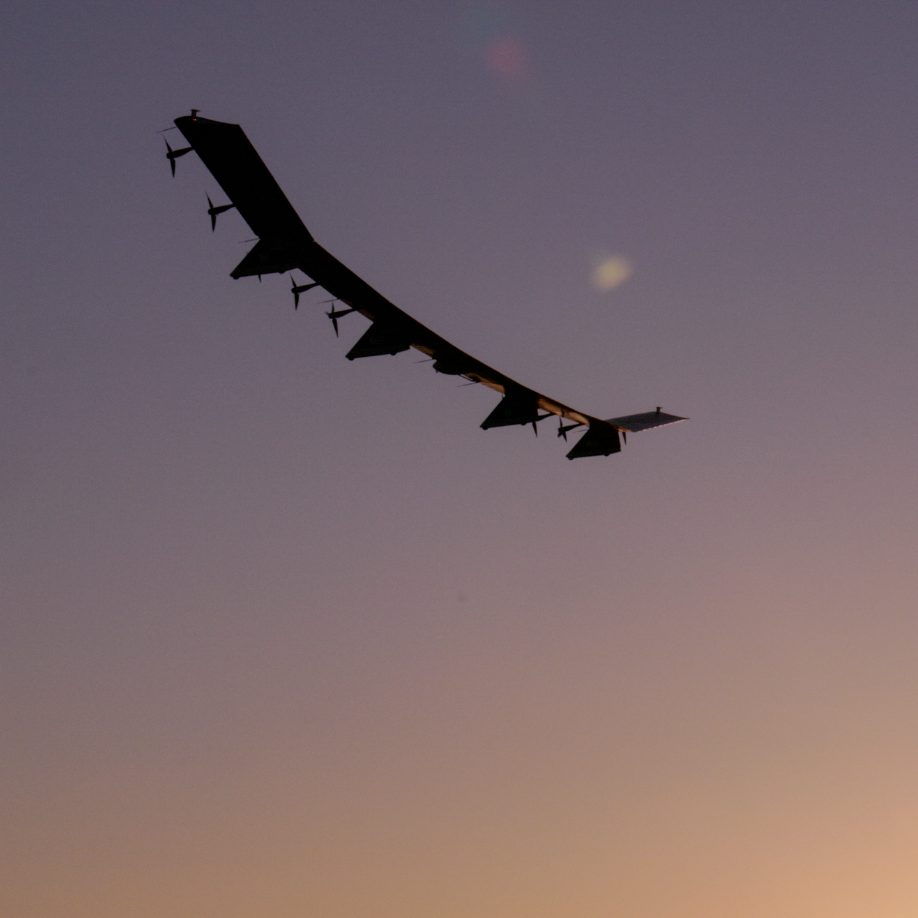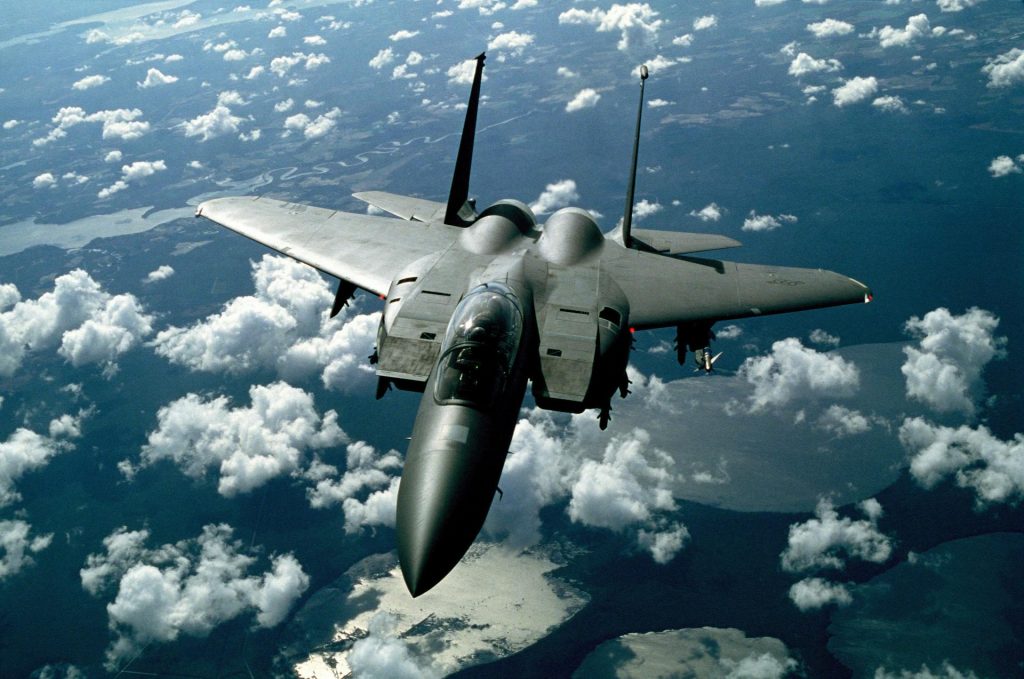Totoi
apr 07, 2025 • 5 min read

Military forces around the world are a key element of security. They respond to crises and support national defense strategies. Operations require energy to be carried out. Currently, studies and efforts are underway to gradually incorporate renewable energy into these operations.
The US Department of Defense's (DoD) energy use is divided into two areas: installation energy og operational energy. The first refers to energy used in buildings or vehicles outside of combat. The second, which accounts for up to 70% of total energy use by the DoD, is used for transportation, training, and other military operational tasks. The DoD is the biggest institutional user of petroleum. For this reason, it is also the largest producer of greenhouse gases (GHG) globally.
In US dollars, the United States invests the most in its military. Even more than China and Russia. The USA's DoD budget in 2019 and 2020 was over US$700 billion per year. Due to the environmental impact generated by the military's massive energy use, solutions are being sought. Renewable energy is one of those solutions.
Comparison of the amount of investment by country in its military. Bigger armies require more power.
Although renewable energy is increasingly used, fossil fuel energy is still much higher.
AI is increasingly being incorporated into more sectors, taking on an optimizing and predictive role. Its implementation in renewable energy is one of the most efficient and positive changes. The integration of AI makes it possible to solve challenges that have persisted in renewable energy sources such as solar and wind. Therefore, AI will play a vital role in the innovation, efficiency, and sustainability of renewable energy.
The future role of AI in wind energy is very important. AI, using predictive analytics and real-time data, can optimize the performance of wind turbines. Multiple studies have been and are being conducted on this topic regarding renewable wind energy. These studies open up the possibility of new, specific or combined ways of harnessing wind energy.
The integration of AI into solar energy systems has been among the most beneficial. Improvements range from optimizing performance sensors to energy reception. These optimizations are not only limited to improving equipment but also to increasing the amount of energy produced. AI can use algorithms to predict energy consumption patterns and adjust distribution correctly. The potential and importance of solar energy are immense, so optimizing solar panels is key.

Solar Panels on Snow With Windmill Under Clear Day Sky. Photo by Pixabay on Pexels: https://www.pexels.com/photo/solar-panels-on-snow-with-windmill-under-clear-day-sky-433308/
Solar panels require careful handling og precise inspection. Non-electrical process defects are one of the most common failures in these panels. These defects can result in up to 10% of lost energy. Additionally, 90% of failures are due to non-electrical defects.
In solar panel manufacturing, quality reviews are often performed by humans. According to Yoozen, people miss 70% of micro-indentations and 63% of defects. Lasting Dynamics worked with Yoozen to solve this problem by developing an AI that can review solar panels in the factory.
According to another study conducted by Yoozen, out of 1,650 solar panels, the AI detected all 160 subpar panels found by human operators. But the AI also detected 121 more subpar panels, 76% more than humans. AI in this area, AI significantly reduced the time to inspect solar panels and detect defects.
Animated video demonstrating the new AI developed by Lasting Dynamics to assist Yoozen.
The evolution of drones continues to be a competition between nations. New technologies seek to extend the flight time of unmanned aerial vehicles. The US Army is testing improvements to its drones. Among these improvements are a solar-powered drone, known as a Sunglider.
One of the most recent models revealed is the Horus A, capable of carrying 150 pounds with 1.5 kW of available power. It is an unmanned aircraft system (UAS) by American defense contractor AeroVironment (AV). The drone has many upgrades, such as increased autonomy and redundant systems.
AV demonstrated the drone's ability to navigate in turbulent weather or adverse environments. This drone also has the ability to fly up to the stratosphere. Horus A also features satellite-based beyond-line-of-sight (BLOS) capability with radio, datalink and more. This ability allows the drone to overcome scenarios with communication failures. The goal of these drones is to keep them in the air almost permanently. With solar technology, long-term flight is becoming increasingly possible.

Photography of the Horus A in operation. Photo by the AeroVironment (AV): https://www.avinc.com/resources/press-releases/view/av-successfully-flight-tests-new-solar-powered-aircraft-redefines-stratospheric-payload-capabilities
Other military forces have expressed interest in integrating solar energy into their operations. In February 2025, a BBC News article reported that 1,000+ solar panels had begun to be installed on military barracks in Lancashire. This project is being carried out by the British Army Prometheus. The government believes that with 1,638 panels covering unused land by its military, it could generate up to 35% of the energy needed for that site. While it does not replace regular electrical power, it is a significant improvement for a first attempt.
Jamie Walkworth, a loyal army engineer, has mentioned the many benefits these panels bring to military operations. Like all militaries, the main purpose – in addition to improving the environment – is to have more energy sources. By incorporating solar energy, he asserts that they are contributing to a more self-sustaining state. Therefore, this investment is considered appropriate and positive.
It's worth considering that the perspective on energy differs between civilians and the military. On the defense side, energy is not only a source of power for conducting operations, it's also considered a weapon of war. Therefore, the implementation of solar energy in the military would not only be used to power buildings; it can also be used to power weapons.

The implementation of solar energy in the military means it can be used for anything, not just buildings. Photo by Pixabay on Pexels: https://www.pexels.com/photo/gray-fighter-jet-in-white-clouds-87088/
The military has shown interest in trying to change or even add new power generators. These improvements can be implemented with renewable energy from wind or solar, both of which are viable. However, solar has proven to have more uses and be more flexible for the intended purposes. The incorporation of AI has only accelerated this process.
Opinions will differ on the fact that armed forces are incorporating renewable energy. On the one hand, it is right to reduce the environmental impact of and provide more energy to the military. However, it also opens up the possibility of providing ways to power and deliver weapons.
It is important to consider the possible futures of this type of technology in the military.
Totoi